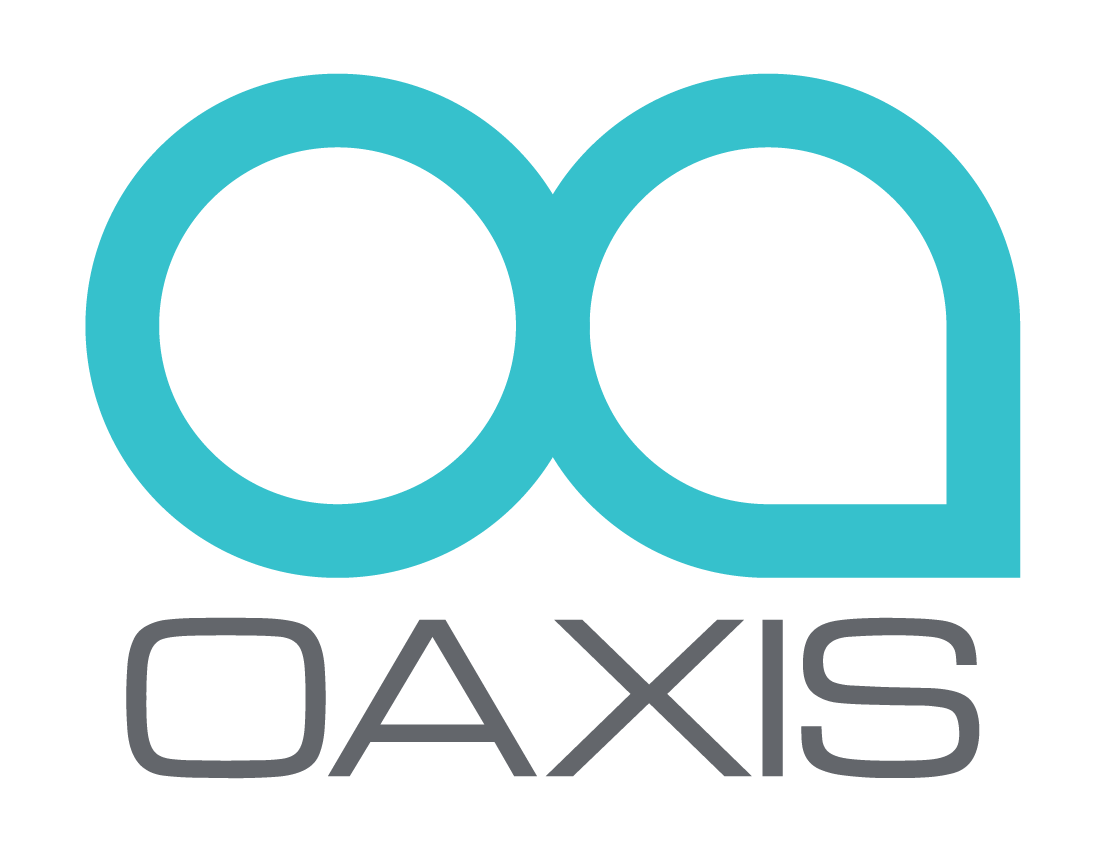E-Ink is the company responsible for the e-reader revolution.
The company has started to diversify into different market segments in recent years.
They initially started to branch into digital signage which was valued at $16.88 Billion in 2015 and is expected to reach $27.34 Billion by 2022. E-Ink is also focused on price tags and has retail partnerships with Whole Foods. This segment has accounted for 100% percent year over year growth for the past three years and is now accounts for significant growth.
In the second quarter of 2016 E-ink has just posted an operating profit of $5,437,895 and this is the first time they have been profitable for quite awhile. In the first quarter of the year for example, they posted a $8.4 million dollar loss.
If you break down their financials 35% of their revenue derives from e-tags used in luggage, digital signage and LCD panels.
Over the course of the last few years E-ink has partnered with a European company called Visionect. They provide DIY kits for companies wanting to do things such as E-Ink Keyboards, Museums and bus signs.
Speaking of Bus Signs, this is a hot new growth market for E-Ink. Information is dynamic and all of the information is updated via 3G. The signs are also readable in direct sunlight and they also incorporate back lite technology, so the screens are illuminated at night.
There are a few in Australia right now, Boston and one near Waterloo Bridge in the United Kingdom. The UK is so happy with the technology that they plan is to introduce a further three in Parliament Square, Piccadilly Circus and Sloane Square in the next few months.
The core focus on alternative markets is starting to stagnant e-paper development for the e-readers. At SID Display Week this past May, E-Ink announced a new Advanced Color ePaper (ACeP), a high quality, full color reflective display. For the first time ever, an electrophoretic display (EPD) can produce full color at every pixel without the use of a color filter array. It can display over 32,000 different colors and has a resolution of 1600 x 2500 pixels and 150 PPI.
ACeP achieves a full color gamut, including all eight primary colors, using only colored pigments.
The display utilizes a single layer of electrophoretic fluid, which is controlled using voltages compatible with commercial TFT backplanes. The fluid can be incorporated into either microcapsule or Microcup structures. The richness of the colors is achieved by having all the colored pigments in every picture element (pixel) rather than the side-by-side pixel colors achieved with a CFA. This eliminates the light attenuation, which can be quite significant. Like regular E Ink ePaper, ACeP maintains the ultra-low-power and paper-like readability under all lighting conditions.
Sadly, this color e-paper will not be available to e-readers until 2018. It is incompatible with Regal, the EPD controller that makes e-readers able to make page turns quick and eliminates ghosting.
I have proclaimed on many occasions that the e-reader industry is not innovating anymore. There simply isn’t any new tech that will offer new user experiences or dramatically increase performance. IMX 7 the new dual core processor from Freescale might improve things, but unless E-Ink releases a new waveform controller, performance might be negligible. This will prevent people from enjoying things like animated page turns, watching videos or playing casual games from companies like Rovio or All Slots Canadian Online Casino.
Credit: goodreader



